Winter walking offers a whole new adventure – but it's even more important that you dress for warmth and safety. There is a fine art to dressing for winter walking so that you remain comfortable – and safe. The first factors to take into account are rain, snow and wind. Making sure that your outer layers are waterproof and windproof will keep you warm and dry on the inside. But it’s also vital that you think about “sweat”! Walking in winter will make you sweat – just like it does in summer – so you should ensure that you have the perfect baselayers for winter walking, too.
Start from the inside for winter walking
What you wear against your skin is as important as what you wear on the outside. The key to comfy winter walking is the right baselayer. Look for baselayers made of wicking fabrics so that when you sweat the vapour can evaporate through the baselayer and away from your skin. We are big fans of Merino wool because the natural fibre is very breathable and also has the bonus of remaining almost sweet smelling, even after a few days of winter walking sweat. For best effect, a baselayer should be worn against your skin. It acts like an extra layer of skin on your body and helps to trap warm air. In very cold conditions we suggest wearing a couple of thinner baselayers.
Next is the mid-layer
Wearing a mid layer fleece or windproof shell will help to trap more warm air – and provide a layer of thicker insulation. If the conditions are particularly windy and chilly a windproof shell will act as an extra barrier keeping out the cold air. Wearing lots of thinner layers allows for better body heat management because you can take off one layer at a time as you heat up while walking, and the add a layer back on if you stop for a snack or lunch.
Outer layers must be waterproof
Whether you swear by Gore-Tex or any one of the other waterproof fabrics, such as HyVent or jack Wolfskin, it’s important that your waterproof jacket is well maintained and fit to keep the rain out. Most fabrics can be re-waterproofed using a special wash in waterproofing liquid. Gore-Tex can also be ironed on a low setting to effectively re-proof the jacket. If you are walking in winter, choose a waterproof jacket to suit the conditions. A robust fabric that will keep out the wind and rain, but still allow your body to breathe, is the perfect item. Many winter walkers will have a jacket specifically for the winter months, and another for summer time. For example, the Gore-Tex range of jacket fabrics includes Active Wear for fast summer activities, the Gore-Tex range for summer activities and the Gore-Tex Pro for winter walking. Typically, a winter walking waterproof jacket will be made form a thicker, stronger fabric that is better able to deal with heavy rain and strong winds. Look out for hoods with wired peaks, which help to keep the worst of the rain from dripping on to your face, sealed seams and backs of zips for extra waterproofing, adjustable cuffs and longer lengths of jacket.
Don’t forget your legs
In severe weather, you will be buffeted from head to toe so a pair of waterproof trousers will be vital. Look for trousers that have zipped legs so that you can put them on and take them off over your walking boots. The aim is for least hassle and quick clothing changes while walking in the winter hills and mountains.
Step out in waterproof walking boots
Like the rest of your body, your feet will suffer if they become wet. Boots need to be waterproof to keep the wet out and breathable to allow the sweat to escape as vapour. So make sure you buy boots that offer maximum waterproofing and breathability. A winter walking boot should also offer extra sturdiness and grip for coping with uneven, wet and muddy terrain. If you plan to walk at high level and in snow, ensure that your boots can take crampons. Not all boots can be fitted with crampons so check with the retailer before buying them. Again, like waterproof jackets, many walkers will have boots suitable for summer conditions and another pair for the winter.
Don’t forget the winter walking extras
In winter it is your hands, head and feet that will suffer the most. Winter gloves and hats are must-have accessories. Choose walking socks to cope with the cold, or adopt the layering system and wear a thicker pair of socks over a thinner pair. And while you're out enjoying the winter hills, you could spend some time thinking about your next walking holiday.









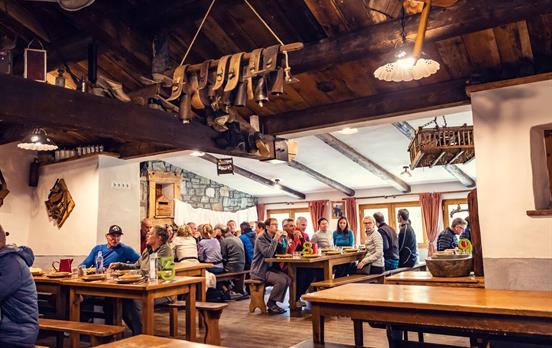
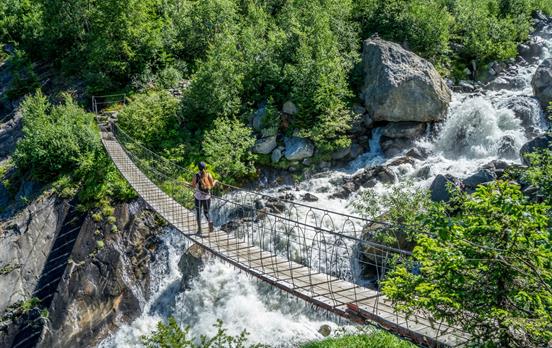




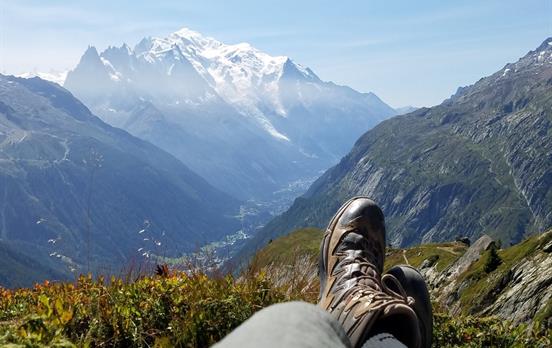
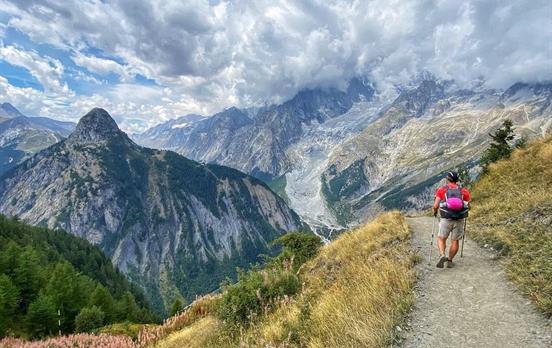

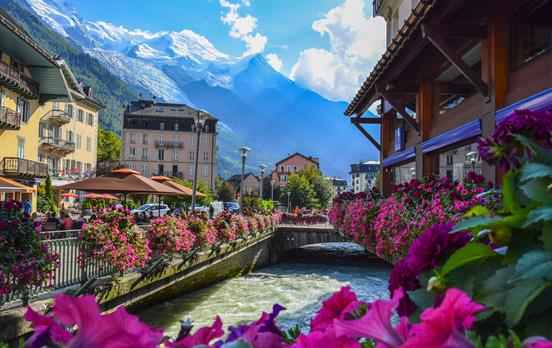










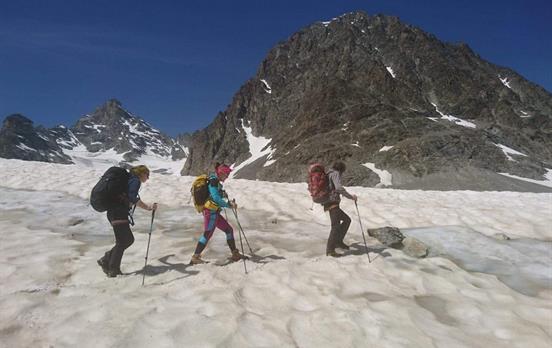

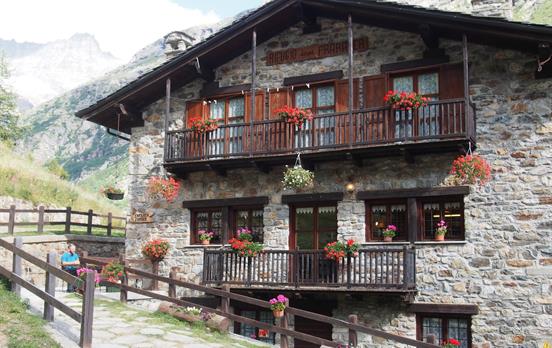











 Australia
Australia New Zealand
New Zealand South Africa
South Africa European Union
European Union